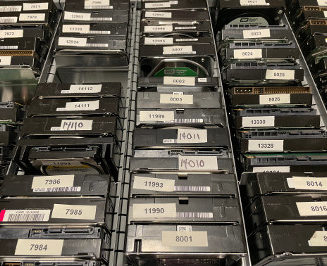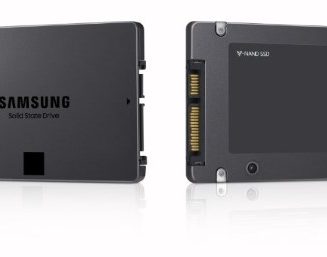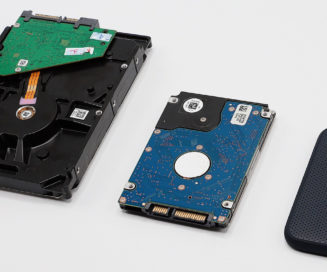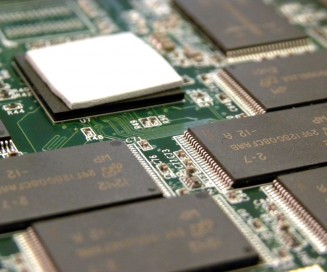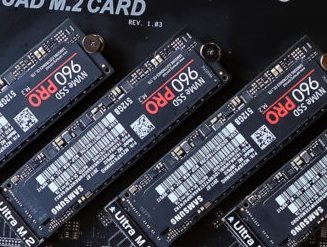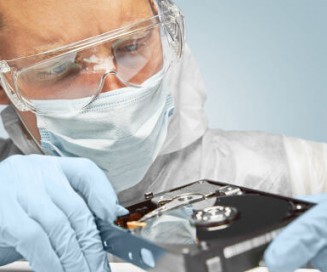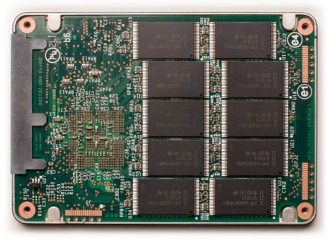Looking for something? Refine your search
- Categories
- Backup
- Cloud
- Computer Forensics
- Computing and CPU Power
- Cryptocurrency
- Damage
- Data Loss Prevention
- Data Recovery Knowledge
- Data Recovery News
- Data Recovery Service
- Data Types
- Database
- Digitization
- Encryption
- Flash Drive
- Hard Disk
- Investing and the Stock Market
- Mac/Apple
- Media
- Mobile Device
- NAS
- Network Security
- Office Documents
- Outreach
- Photos & Images
- RAID
- Ransomware Recovery
- Removable Media
- SAN
- Secure Deletion
- Server
- Services
- SSD
- Storage Industry
- Tape
- Uncategorized
- Video
- Tags
- actuator
- Apple
- backup
- bitcoin
- breach
- clean room
- clone
- computer forensics
- cryptocurrency
- cybercrime
- data recovery software
- data recovery tips
- decision tree
- EEPROM
- encryption
- ethereum
- exploit
- financial records
- fire damage
- flood
- guide
- hard drive data recovery
- hard drive failure
- hard drive manufacturers
- head ramps
- helium
- how to
- hurricane
- iOS
- landing zone
- leak
- Mac
- Mac OS
- machine learning
- macos
- Midwest
- migration
- music data recovery
- NAND
- NFT
- NVRAM
- operating system
- OS X
- parts
- password
- PCB
- Phoenix
- power surge
- RAID
- ransomware
- rebuilt
- SATA
- SaveMyFiles
- SSD
- statistics
- storms
- tornadoes
- TRIM
- video conversion
- virus
- water damage
- wildfires
- windows 10
- windows 10 guide
How to Securely Wipe a Hard Drive Before Selling or Recycling It
The most reliable way to securely wipe a traditional hard disk drive (HDD) is to perform a single-pass overwrite, which writes a pattern of zeros over the entire drive. That’s sufficient to make the original data unrecoverable by even the...
September 25, 2025
Should You Use the ATA Secure Erase Command on a USB SSD?
No, you should not rely on the ATA Secure Erase command to wipe a USB-connected solid-state drive (SSD). The ATA Secure Erase command is a powerful, built-in function for sanitizing internal drives, and it’s perfectly sufficient for sanitizing internal SSDs....
September 24, 2025
SSD vs. HDD Data Recovery: Key Differences and Techniques
While Datarecovery.com provides services for all digital storage devices, the vast majority of the cases we receive involve solid-state drives (SSDs) or hard disk drives (HDDs). The prognosis for data recovery is strong for both device types, provided the work...
September 23, 2025
Can You Recover Data from a Water-Damaged SSD?
Yes, in many cases, data can be recovered from a water-damaged Solid-State Drive (SSD). The success of the recovery depends heavily on the type of water exposure (e.g., a minor spill versus full submersion in saltwater). The most important factor,...
September 19, 2025
How SSD Data Recovery Differs for Enterprise vs. Consumer Drives
Unless you’ve purposely purchased a solid-state drive (SSD) built for an enterprise server, you’ve got a consumer SSD — and given that enterprise SSDs are significantly more expensive than consumer models, that’s a safe bet for the vast majority of...
September 18, 2025
SSD Firmware Corruption: Causes, Symptoms, and Data Recovery Tips
Firmware corruption can brick your solid-state drive (SSD) by damaging its internal operating instructions. Without functional firmware, the drive can’t effectively communicate with your computer, and your data becomes inaccessible. Fortunately, SSD firmware corruption is usually treatable — but the...
September 17, 2025
NVME M.2 Data Recovery: Challenges and Solutions
NVMe drives are fast, but the technology that powers their performance also makes data recovery a significant challenge. The difficulty stems from the NVMe protocol itself, its direct connection to your computer’s processor, and the complex, proprietary ways drive controllers...
September 16, 2025
Maximizing Your SSD’s Lifespan: Quick Tips
You can significantly extend the life of your Solid-State Drive (SSD) by managing its storage capacity, ensuring it operates at a cool temperature, and keeping its firmware up to date. In this article, we’ll explain why those practices are effective...
September 15, 2025
“My SSD Is Not Detected”: Troubleshooting and Data Recovery
If your computer suddenly stops recognizing your Solid-State Drive (SSD), the cause can range from a simple loose cable to a critical internal failure. This checklist will guide you through a basic troubleshooting process for an undetected SSD. We’ll cover...
September 14, 2025
What Is an SSD Controller and How Does It Affect Data Recovery?
The controller is the brain of your solid-state drive (SSD). It is responsible for critical tasks like translating data locations, managing wear on the memory cells, correcting errors, and performing garbage collection. When an SSD controller fails, you can’t simply...
September 13, 2025

